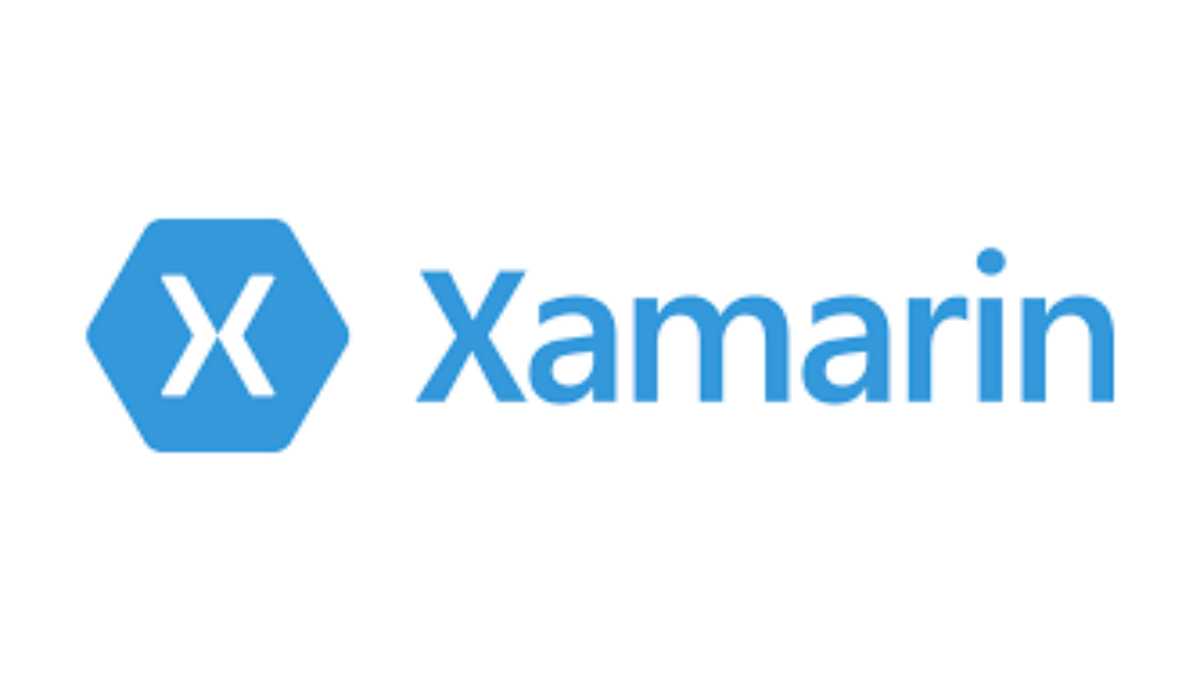In today’s fast-paced digital landscape, mobile app development is a critical component of business success. However, developing mobile apps that cater to both iOS and Android platforms can be a daunting task. This is where cross-platform development tools come into play. Tools like Flutter, React Native, and Xamarin have gained popularity for their ability to streamline app development across multiple platforms. In this comprehensive review, we will delve deep into these cross-platform development tools, exploring their strengths, weaknesses, and suitability for various project requirements.
Flutter – The Rising Star

Introduction to Flutter
Flutter, an open-source UI software development kit (SDK) by Google, has gained significant traction in recent years. Known for its expressive and flexible user interfaces, Flutter uses a single codebase to create apps for iOS, Android, web, and even desktop.
Strengths of Flutter
Fast Development
Flutter offers a hot reload feature that allows developers to instantly see the impact of code changes, speeding up development cycles.
Beautiful UI
Flutter’s widgets provide a rich set of customizable UI components, enabling developers to create visually stunning apps.
Strong Community
A dedicated community of developers actively contributes to Flutter’s ecosystem, ensuring a wide range of packages and resources.
Weaknesses of Flutter
Larger App Size
Flutter apps may have larger file sizes due to the inclusion of a runtime engine, which can impact download times.
Limited Access to Native Modules
While Flutter offers native integrations, accessing all platform-specific modules may require additional plugins.
Suitability for Different Projects
Flutter is an excellent choice for projects that prioritize visually appealing and highly customized user interfaces. It shines in scenarios where rapid development and frequent updates are necessary.
React Native – The Facebook Backbone

Introduction to React Native
Developed by Facebook, React Native allows developers to build mobile apps using JavaScript and React. It is renowned for its ability to deliver near-native performance and a seamless development experience.
Strengths of React Native
Reusable Codebase
React Native enables developers to reuse code between iOS and Android, saving time and effort.
Vast Library of Components
React Native boasts an extensive library of pre-built components, accelerating development.
Strong Community Backing
With the support of Facebook and a large community of developers, React Native continually evolves.
Weaknesses of React Native
Limited Customization
Customizing certain UI elements may require writing native modules, which can be complex.
Dependency on Native Modules
For specific features, you may rely on third-party libraries or write custom native code, potentially complicating the development process.
Suitability for Different Projects
React Native is well-suited for projects where code reusability and near-native performance are crucial. It is a favorite among businesses seeking to develop feature-rich apps while maintaining a single codebase.
Xamarin – The Microsoft Touch

Introduction to Xamarin
Xamarin, now a part of Microsoft, allows developers to create cross-platform apps using C# and .NET. It offers a broad spectrum of tools and integrations, making it an attractive choice for enterprises.
Strengths of Xamarin
Native-Like Performance
Xamarin delivers near-native performance by compiling code into native binaries.
Wide Platform Support
Xamarin supports iOS, Android, macOS, watchOS, and tvOS, providing versatility for various platforms.
Access to Native APIs
Xamarin grants direct access to platform-specific APIs, enabling deep integration.
Weaknesses of Xamarin
Learning Curve
Developers may need time to become proficient in C# and Xamarin’s ecosystem.
License Costs
While there is a free Community edition, enterprises may incur costs for Xamarin’s full range of features.
Suitability for Different Projects
Xamarin excels in enterprise-level projects that require native performance, deep platform integration, and compatibility with a wide range of devices.
Making the Right Choice
Project Specifics
Before choosing a cross-platform development tool, consider factors such as project size, complexity, and target platforms.
Development Team Expertise
Evaluate your development team’s familiarity with the chosen tool, as expertise can significantly impact project success.
UI/UX Requirements
Assess the importance of UI/UX design in your project, as Flutter and React Native offer more flexibility in this regard.
Performance Needs
Consider the performance demands of your app; Xamarin may be a better choice for resource-intensive applications.
Long-Term Maintenance
Factor in long-term maintenance and updates, as your chosen tool should support your app’s lifecycle.
Conclusion
In the world of cross-platform development, Flutter, React Native, and Xamarin each offer unique strengths and weaknesses. The choice of the right tool depends on your project’s specific requirements and your development team’s expertise.
- Choose Flutter for visually stunning and highly customized apps with rapid development needs.
- Opt for React Native when code reusability, a broad library of components, and near-native performance are priorities.
- Consider Xamarin for enterprise-level projects that demand native-like performance, deep platform integration, and wide device compatibility.
Ultimately, the success of your cross-platform app development project hinges on selecting the tool that aligns best with your project’s goals and resources. By making an informed choice, you can embark on your app development journey with confidence and clarity.



